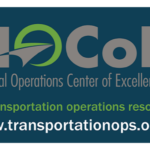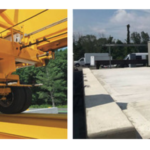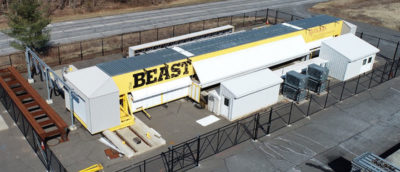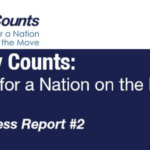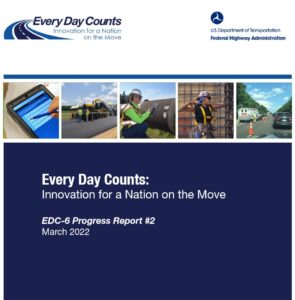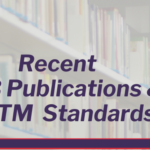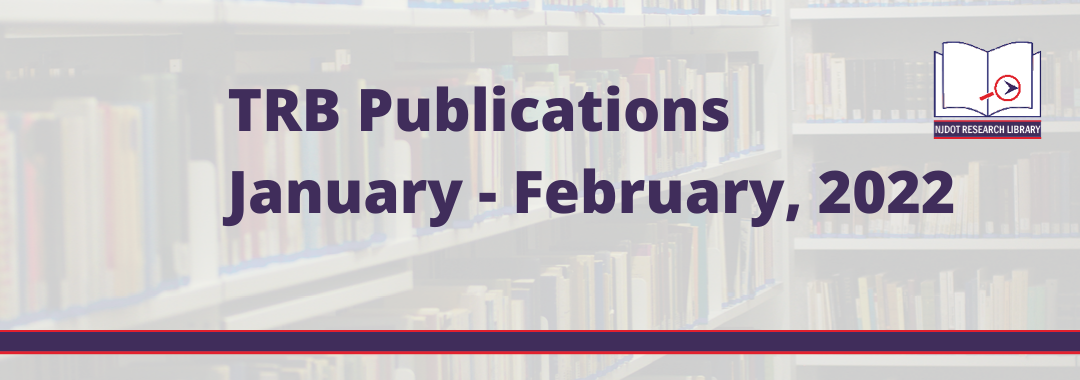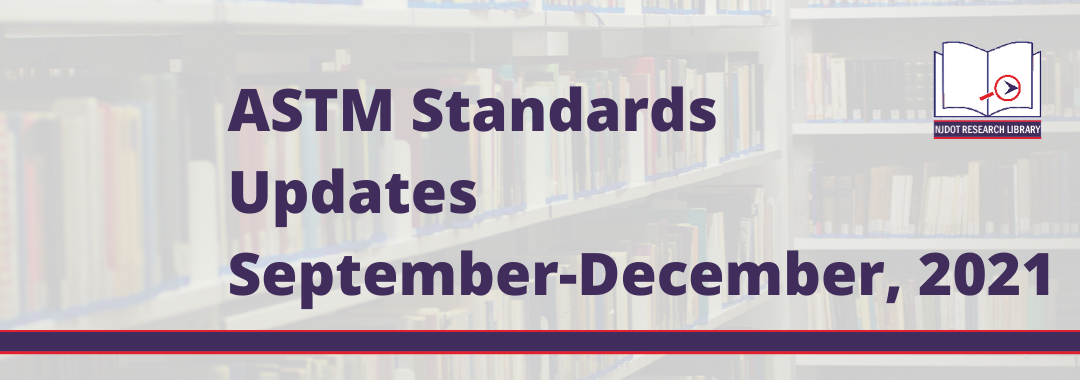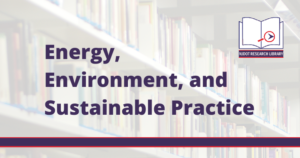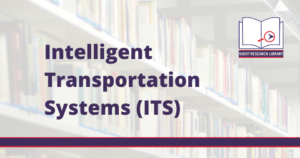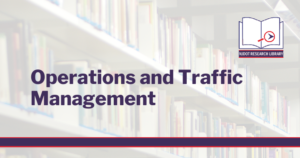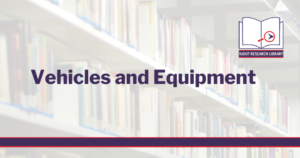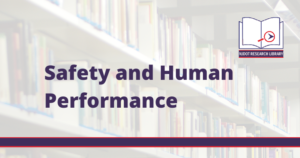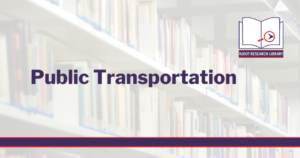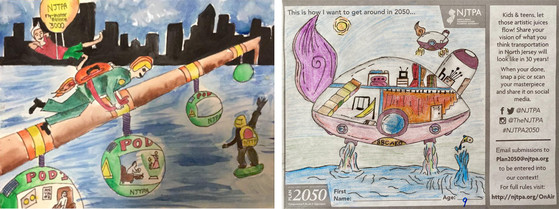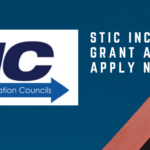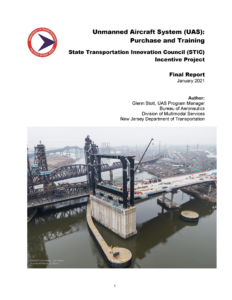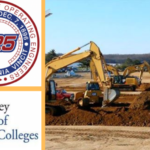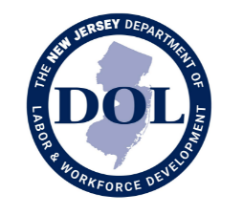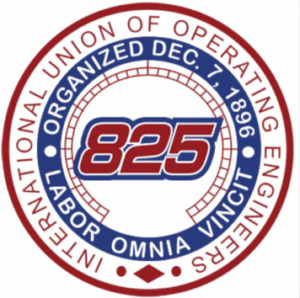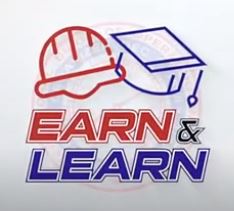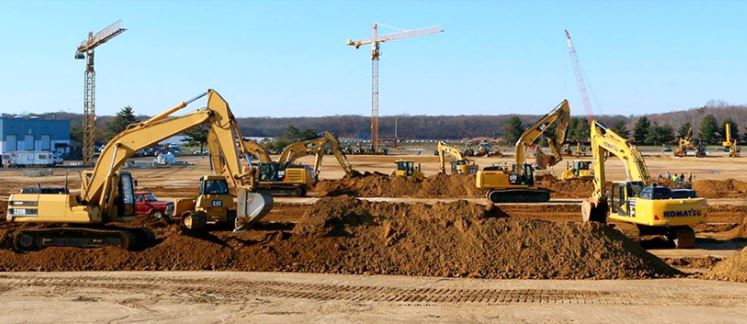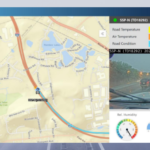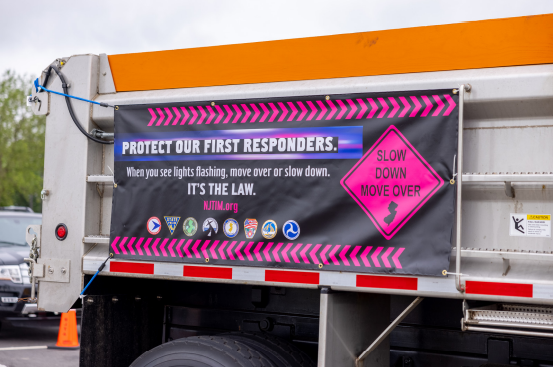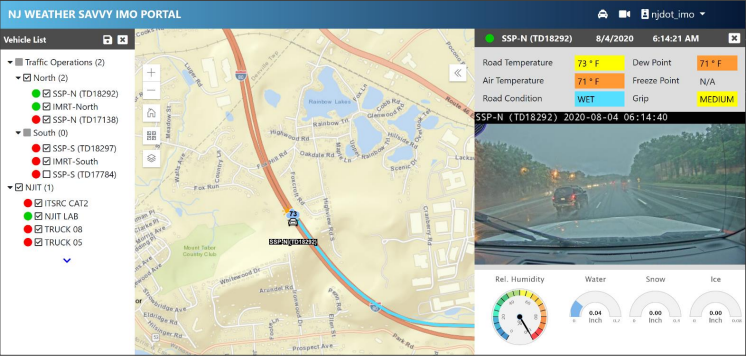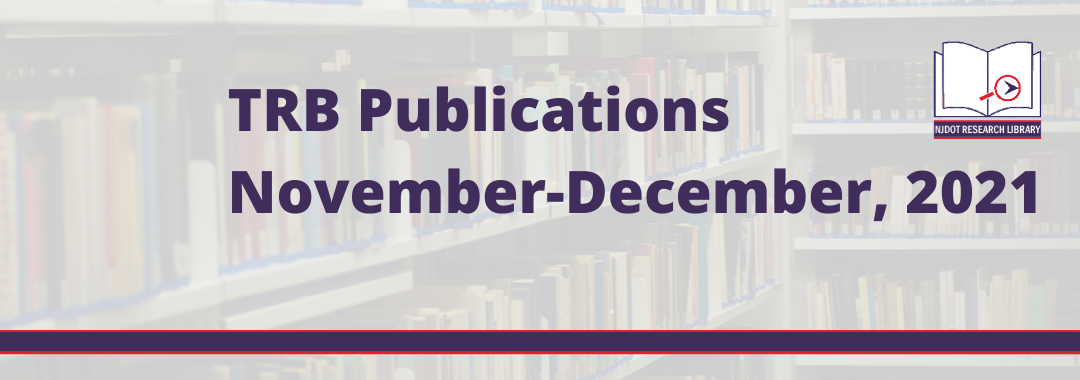Community Colleges, Programs and Partners
Q. Can you tell us about your role with the college?

HCCC Continuing Education and Workforce Development works with employers to provide training to meet their needs
I am the Associate Vice President for Continuing Education and Workforce Development at Hudson County Community College (HCCC). My department oversees all non-credit programs at the College. We provide educational programs in a wide variety of areas for community residents, training for unemployed and underemployed job seekers, and work directly with employers to provide basic skills and customized training to incumbent workers. We have partnerships with many diverse organizations and take an “entrepreneurial approach” to developing programs and partnerships which provide an alternate pathway for students to obtain credentials and enter a degree program.
Q. Before we delve into your new International Union of Operating Engineers (IUOE) Local 825 program, please tell us, based on your experiences, if there is a lack of awareness among your student body – especially among women and minority students – for jobs/careers in the highway construction industry?
In general, students often lack awareness of careers in many sectors. I have no specific data to cite in highway construction however I am sure it holds true in this industry. Young people and prospective job seekers are not aware of the full-range of available opportunities and/or have false perceptions about jobs in these sectors. For example, they may erroneously assume no post-secondary degree or certification is needed or that they will work in a “dusty workshop” – neither of which may be true.
The construction industry is known, historically, as a white male-dominated industry that many do not associate as a sector offering opportunities for persons seeking a post-secondary degree; however, increasingly construction and heavy manufacturing are more automated and need workers with advanced technology skills. The IUOE Local 825 is a union that recognizes this need for workers who are vested with skills to work with new technologies.
For women, minorities, and people with disabilities to be attracted to and successfully retain positions in these fields, both role models and a welcoming work environment are vital. The industry has to examine its policies and practices from top to bottom to address issues of diversity.
Q. Do you know of programs either at HCCC or elsewhere that are building awareness of career opportunities in the highway construction sector?
HCCC offers an Associate degree in Applied Science in Construction Management, which is part of our STEM (Science, Technology, Engineering and Math) division. The program has experienced double-digit enrollment growth due to factors including the recent November 2021 passage of the federal Infrastructure bill. Rowan University offers a Bachelor’s degree in Construction Management and there may be others.
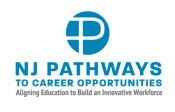
NJ Pathways provides individuals with career opportunities and industry with a trained workforce
HCCC and Rowan College of South Jersey will be leading the Construction Center for Workforce Innovation as part of the NJ Pathways to Career Opportunities program, which is a joint initiative of the NJ Community College Consortium for Workforce and Economic Development and the NJ Business and Industry Association. We are looking at expanding the pathways in construction, creating new partnerships with K-12 and 4-year colleges and universities, and expanding the dual education program to include additional partners. Whatever new curricula are developed via the initiative will be shared statewide.
Q. Several commonly cited roadblocks to entry into the construction sector particularly for women and minority candidates include transportation issues and childcare. Have your students encountered these or other obstacles? Do you see a role for NJ community colleges in helping to reduce barriers for women and minorities in entering the highway construction trades?
Both transportation and childcare are obstacles to entry and retention in construction and other sectors. For example, if a person’s vehicle is not reliable, how are they going to access the job site? For some job seekers, the costs of child care can be a large proportion of their income.
The ongoing COVID-19 pandemic has created additional challenges, as some job seekers are concerned with taking a job where they may be exposed to the virus and bring it home to older or immune-compromised family members. In some cases, prospective workers must care for family members impacted by COVID-19 and balance demands related to their children’s home school instruction. The number of female employees in many sectors has decreased since the onset of the pandemic because many of these familial responsibilities fall to women. Overall, these constraints are influencing the types of jobs candidates are pursuing.
I see a role for community colleges in helping to reduce barriers for women and minorities in entering highway construction and other sectors. Community colleges serve students from highly diverse backgrounds who bring a variety of experiences to their classes. Community colleges serve more first-generation, part-time, nontraditional age, low-income, minority, and female students than any other type of public higher education institution. We focus on economic mobility and preparing students to launch successful careers and earn family-sustaining wages.
The pandemic has exacerbated issues that students and job seekers face, such as childcare and transportation. Many HCCC students have non-academic needs including food insecurity and face emergencies, such as car repair, that are beyond their financial means to resolve independently. To help address these issues, HCCC has expanded student supports, as the college considers itself part of the community it serves. The Hudson Helps program provides a food pantry, emergency grants, and has paid almost $5 million in outstanding debts for students during the pandemic.
While these issues are long-standing, if the community works together I believe we can effectively address them.
Q. Your department partners closely with the business community, offering a variety of programs and resources to help meet their workforce needs. Do you also partner with any community-based organizations to support any of your apprenticeship or other programs? If yes, do any of these organizations specifically focus on supporting women and minorities in the workforc
There are many community-based organizations and programs that support students in preparing for careers. Several of our partners in Hudson County are Women Rising, the Statewide Hispanic Chamber of Commerce of New Jersey and Year Up. Year Up primarily works with minority and low-income students to introduce them to careers in business, finance, and technology, and they have an office on our campus. We partner with many others as well.
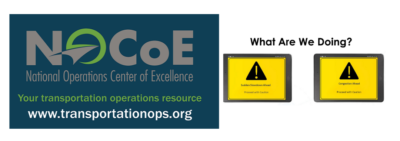 The National Operations Center for Excellence will hold a webinar featuring New Jersey and Colorado DOT initiatives to establish private sector partnerships that use crowdsourced data to deliver real-time information to commercial vehicles to improve the safety of all road users. Transportation agencies can now deliver in-cab alerts about road conditions through connected truck service providers to help commercial vehicle drivers approach and react more quickly to roadway incidents, work zones, and adverse weather conditions. Follow this link to register for the Crowdsourced Data for Commercial Vehicles webinar.
The National Operations Center for Excellence will hold a webinar featuring New Jersey and Colorado DOT initiatives to establish private sector partnerships that use crowdsourced data to deliver real-time information to commercial vehicles to improve the safety of all road users. Transportation agencies can now deliver in-cab alerts about road conditions through connected truck service providers to help commercial vehicle drivers approach and react more quickly to roadway incidents, work zones, and adverse weather conditions. Follow this link to register for the Crowdsourced Data for Commercial Vehicles webinar.
